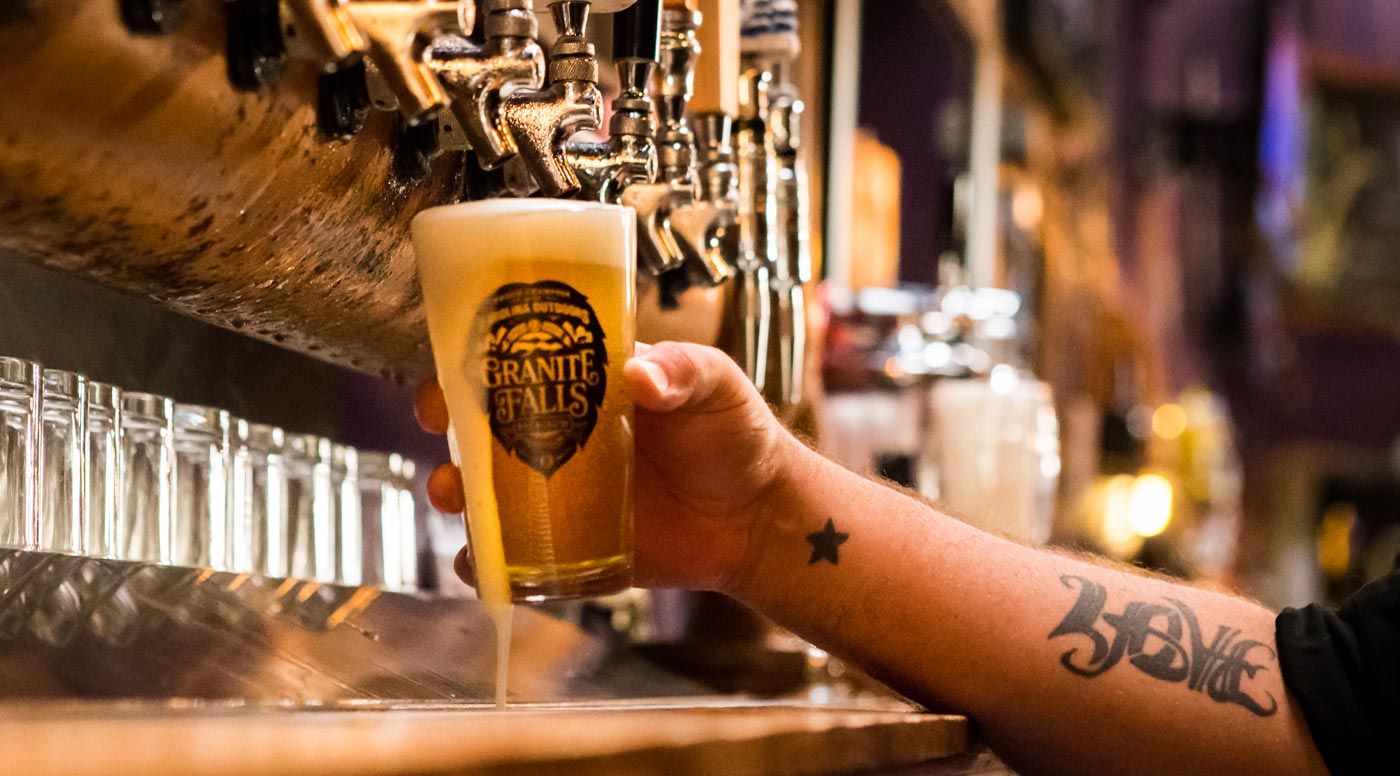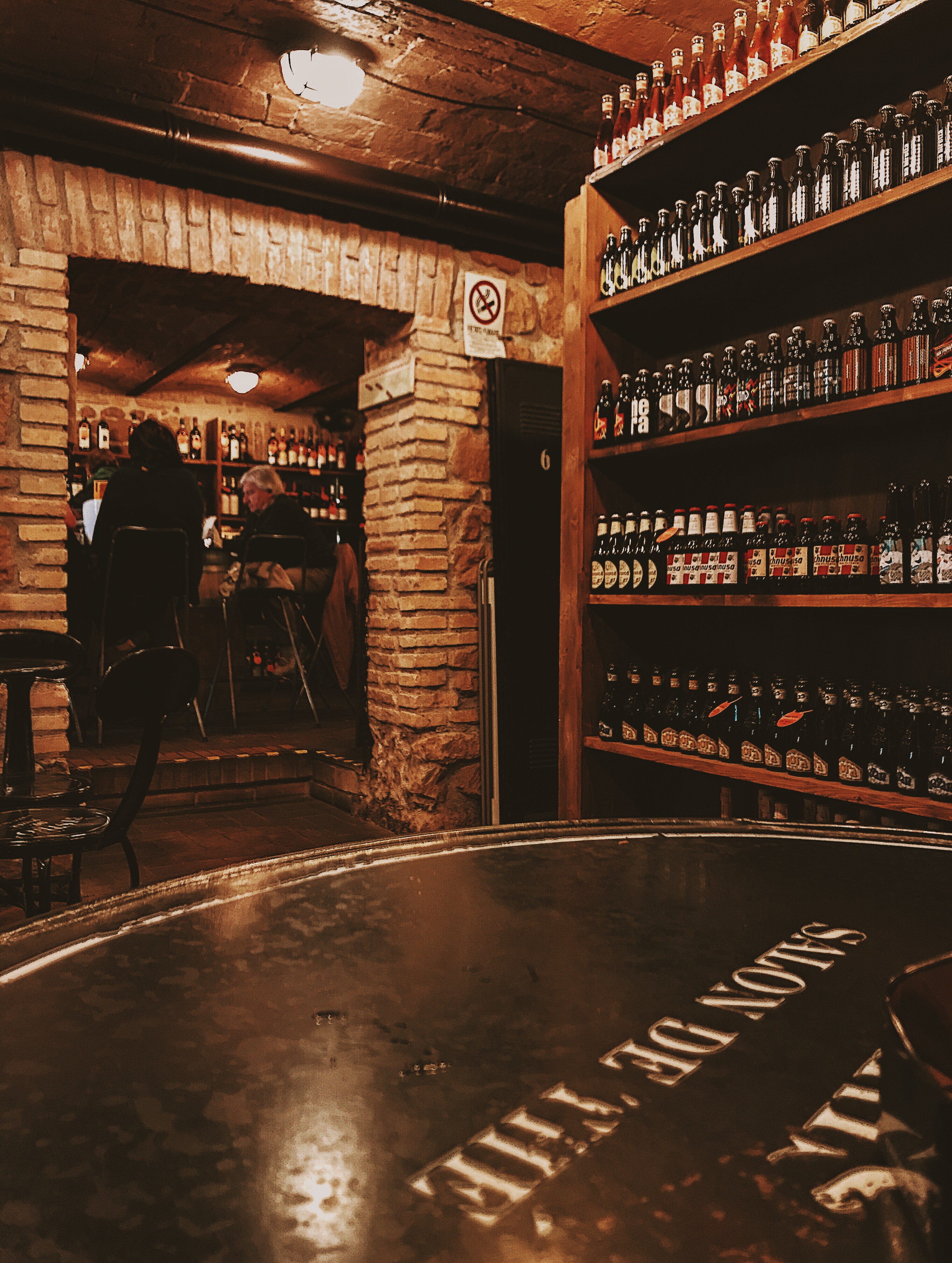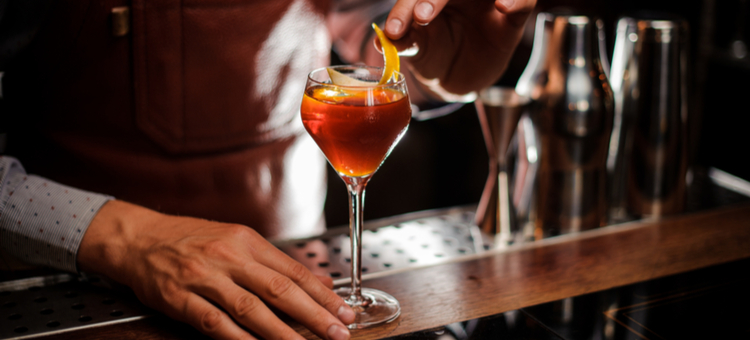
On Saturday, Sunsplash Water Park reopens to the public, and a controversial change has been made that now allows visitors 21 and up to drink alcohol.
Lots of planning and training has been provided to employees to help deal with the alcohol consumption by visitors, like how to spot any drinking that is getting out of hand. The Mayor of Cape Coral likened the training to the way employees at Disney World are trained.
Park officials say beer, wine, and smoothies will be available to guests, but there is a two drink maximum that will be heavily enforced. Despite the limits on drinks, some parents aren’t on board with the new alcohol rule.
“Absolutely not, the park is for the children, let the adults go to the bar,” said Patricia Gottschalk, who lives in Cape Coral.
But other don’t see an issue with it.
“I’m not concerned about it, the majority of parents particularly the type of people who are going to invest their time and money and take their kids to a place like Sunsplash…they’re responsible.”
Despite how some may feel about the new rule, the park plans to open on Saturday, and the new Tiki Bar will be serving drinks.
The city spent thousands on the licensing to provide alcohol to guests, but officials expect close to $90K worth of revenue to be brought in.



 Starting a restaurant? A healthy fear of restaurant failure isn’t a bad thing. But no need to panic. The latest research found that only 17% of new restaurants fail in the first year. Instead of focusing on how to survive, learn to thrive. Let this list of 7 reasons for restaurant failure – and how to avoid them – be your guide.
Starting a restaurant? A healthy fear of restaurant failure isn’t a bad thing. But no need to panic. The latest research found that only 17% of new restaurants fail in the first year. Instead of focusing on how to survive, learn to thrive. Let this list of 7 reasons for restaurant failure – and how to avoid them – be your guide. With a few pricing adjustments, and a slight shift in pricing strategy, most bars and restaurants could add significant profits without selling more drinks.
With a few pricing adjustments, and a slight shift in pricing strategy, most bars and restaurants could add significant profits without selling more drinks.